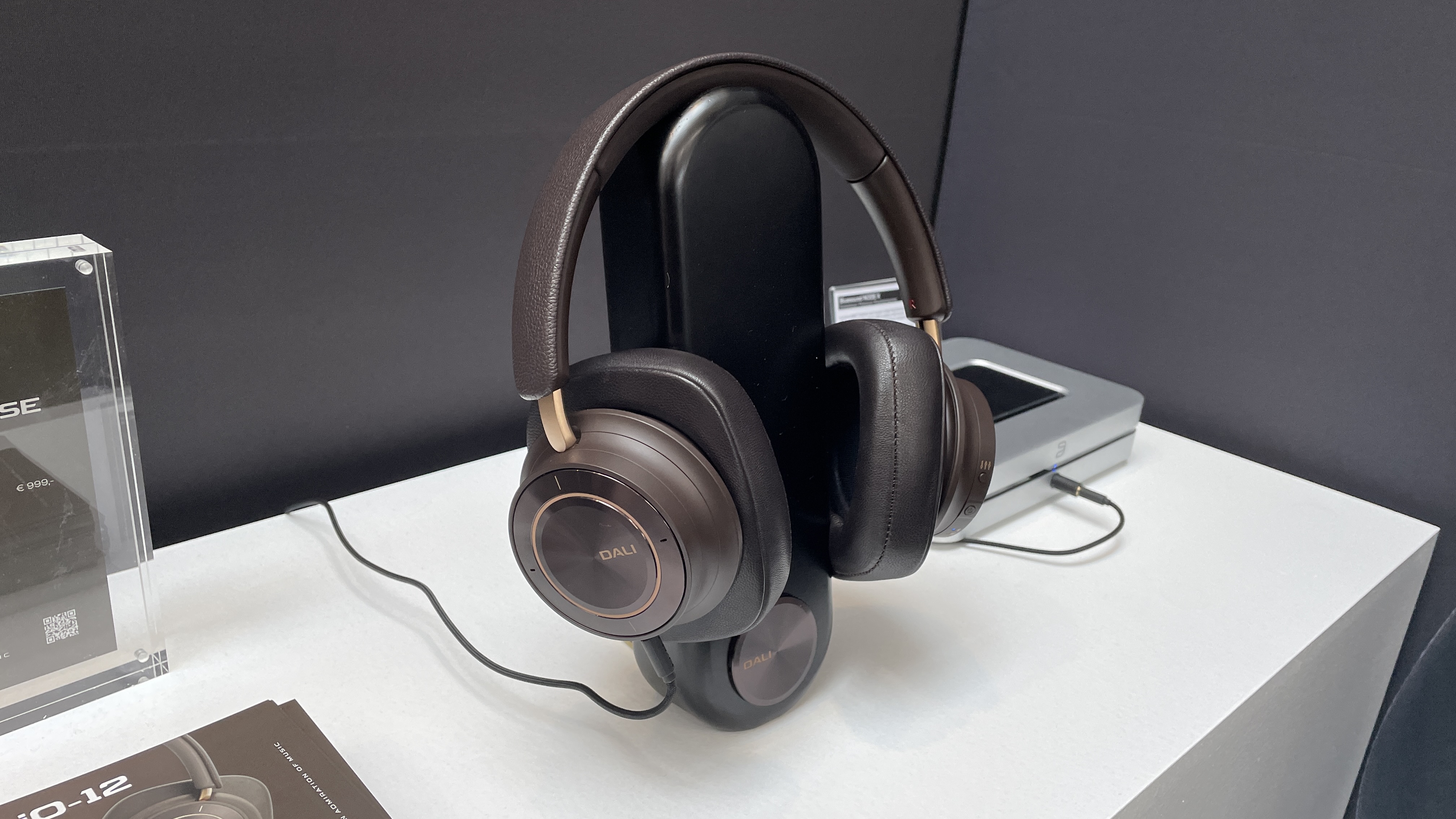
There are premium wireless headphones and there are high-end wireless headphones. Apple started the ball rolling with the very premium Apple AirPods Max, and since they launched back in 2020 we’ve seen the emergence of a number of pairs of even pricier headphones that seek to take sound quality one step further.
The likes of the Focal Bathys and Mark Levinson No. 5909 are two fine examples that have been produced by more traditional hi-fi brands and have proved that great sound quality can come at higher prices – and now Dali is the latest high-profile brand to fancy a piece of the action with its new IO-12 over-ears.
Price
Priced at £999 ($1499 / €999) this puts the Dalis firmly in the same ballpark as the Mark Levinson No. 5909 (£999 / $999 / AU$1599). It’s likely the Focal Bathys will also be on your shopping list if you’re looking at this area of the market – they retail for £699 ($799 / AU$1199). We’ve tested both of these models and both walked away with five-star ratings.
Design
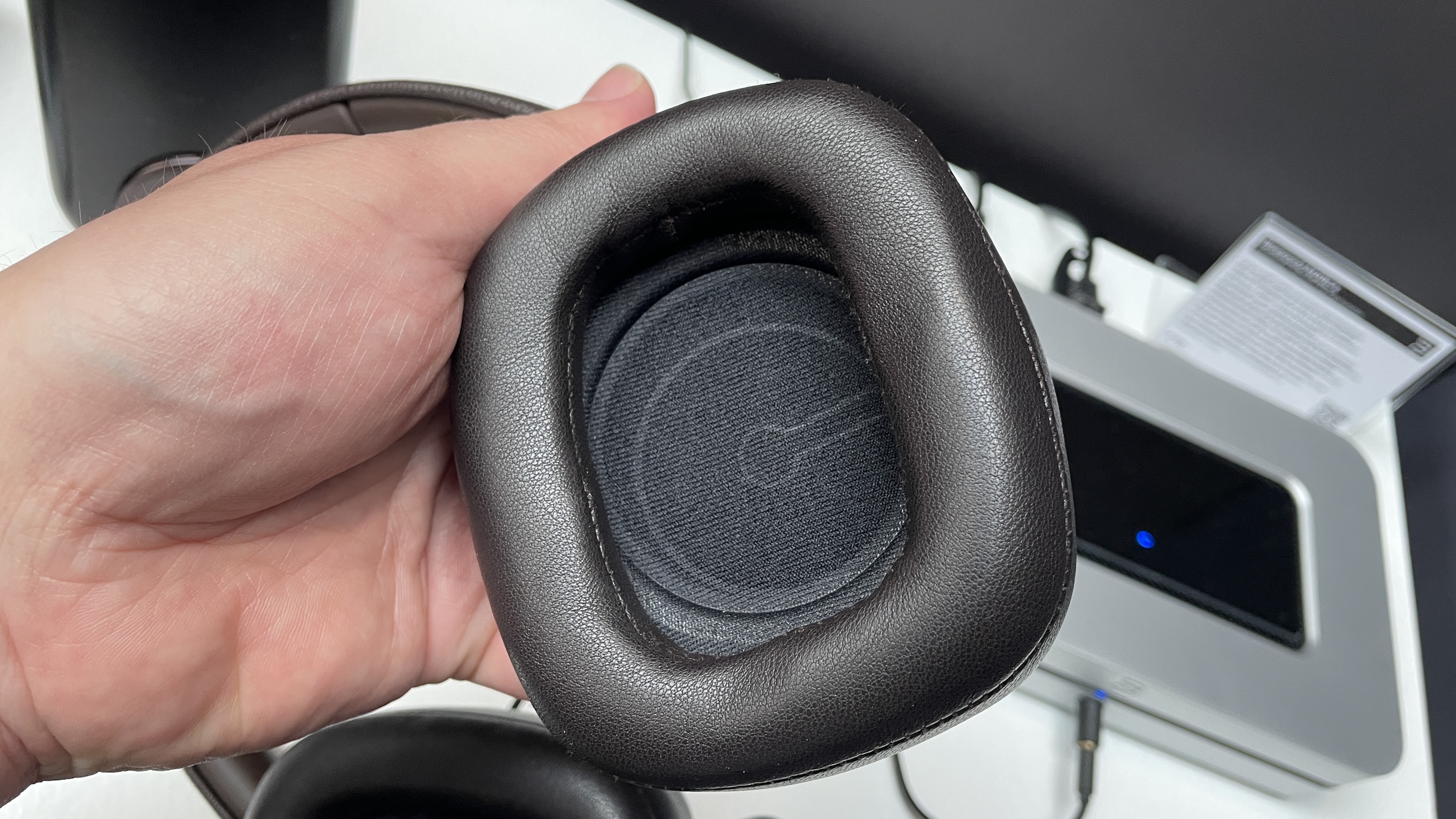
Dali’s no stranger to the wireless headphones market, with the IO4 and IO6 both passing through our test rooms over the past few years. But both of these were rivals for the premium (and more mainstream) Bose and Sonys of this world. The IO-12 aim to take things up a few notches, which is needed if you’re going to make a splash at this newer, pricier sector of the market.
For this new model, Dali has something quite interesting and unique up its sleeve. The IO-12 are the first headphones to feature the company’s patented Soft Magnetic Compound (SMC) technology which aims to reduce distortion.
SMC is usually found in the magnet systems of Dali's high-end speakers, including its £70k flagship Kore, and its recently announced Epikore 11 floorstanders. It reduces hysteresis (which can result in unwanted distortion) to help deliver a clearer sound.
Elsewhere the design features a large 50mm driver which uses a paper fibre cone. Dali opted for this size as a larger driver helps to lower distortion. The headphones also feature damping material found behind the tweeters of some Dali loudspeakers.
Like other headphones we’ve seen at this level, the Dalis don’t fold completely, but do fold flat. The headphones come with a sturdy and luxurious carry case which you’ll want, given their asking price.
The oversized square earpads are covered in leather and feel luxurious, as is the headband, which is padded where the middle section rests on top of your head. Look closely at the pads and you’ll see a subtle bump at the bottom of each one. This is a deliberate design move to help deliver the best seal possible – Dali believes it’s one of the main areas where there’s the most potential for sound leakage.
Features
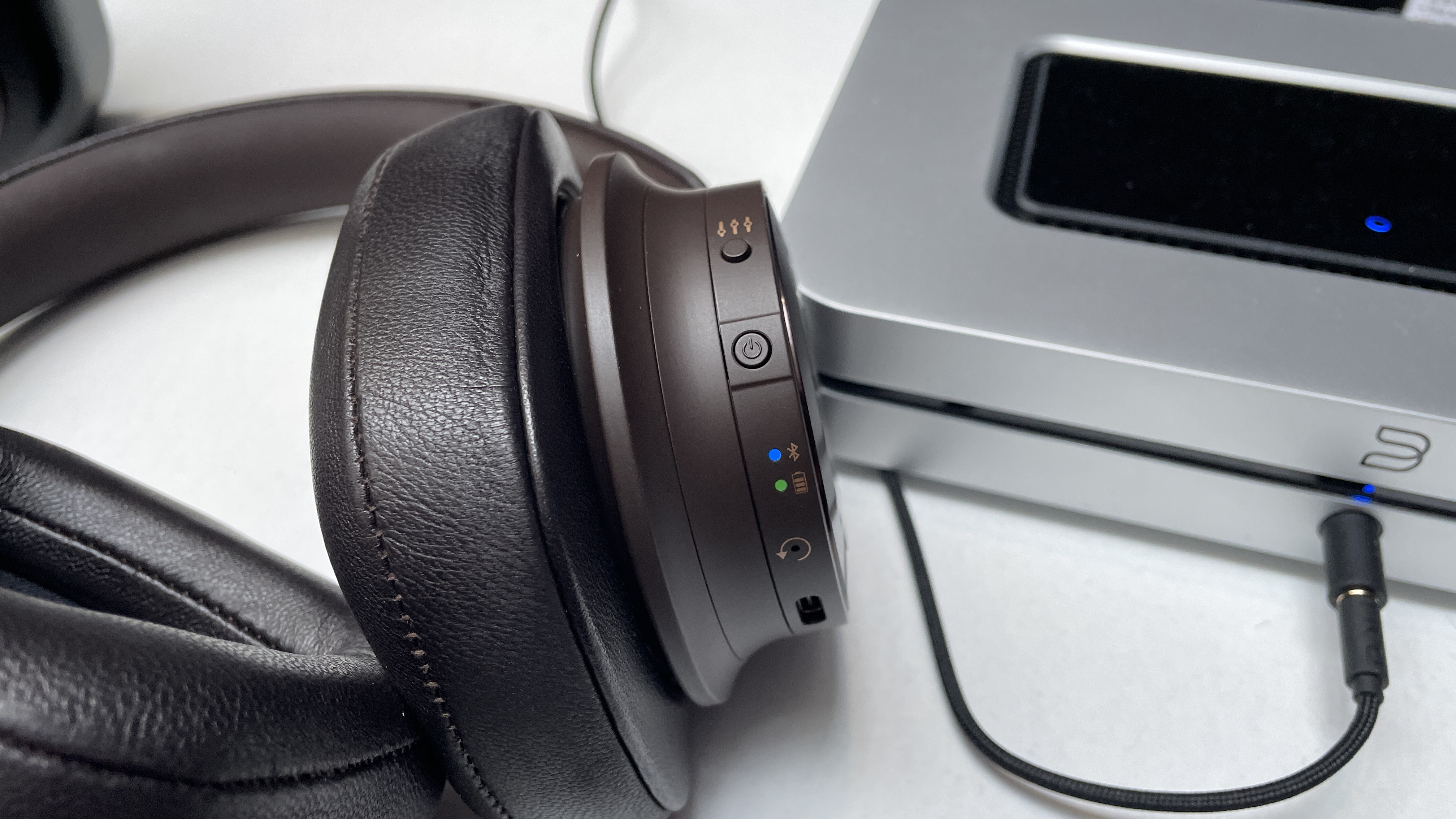
Dali has ticked all the connectivity boxes with the IO-12. Of course, there’s Bluetooth for the ultimate in convenience (including aptX Adaptive support) but you’ve also got the option of using their 3.5mm socket (a cable is supplied in the box) or you can connect them straight into a computer using their USB-C connection (you get a USB-C-to-USB-Type-A cable in the box too).
This way you can bypass your computer’s built-in DAC in favour of the Dalis’. Listening to tunes this way, the headphones support up to 24-bit/96kHz sample rates natively – anything higher will be downsampled.
The headphones can be used wirelessly or wired and can also be used passively, so if the battery dies, you don’t lose the ability to use them, which can come in handy. Dali has also added a passive filter for when the headphones are powered off so their sonic character remains the same.
A 3.5mm jack is the only connection on the left earpiece. All the action is over on the right side. This is where your power/pairing button lies, and a button for switching between the headphones’ ‘bass’ and 'hi-fi’ sound modes. As you can probably guess, the former injects a little extra weight to low frequencies, while hi-fi delivers the purest tonal balance. There’s also a button for turning ANC on and off and enabling their transparency mode.
Controls are situated on the right earpad. The central surface is a button for play/pause while the top and bottom sections are individual buttons for volume up and down.
Hold down the power button, and the headphones jump immediately into pairing mode. In fact, any action that requires a press of a button, such as switching ANC mode or sound mode, is done rapidly with no hesitation.
In terms of battery life, the IO-12 offer a very respectable 35 hours which beats both the Focal Bathys (30hrs) and Mark Levinson No. 5909 (34hrs).
Sound quality
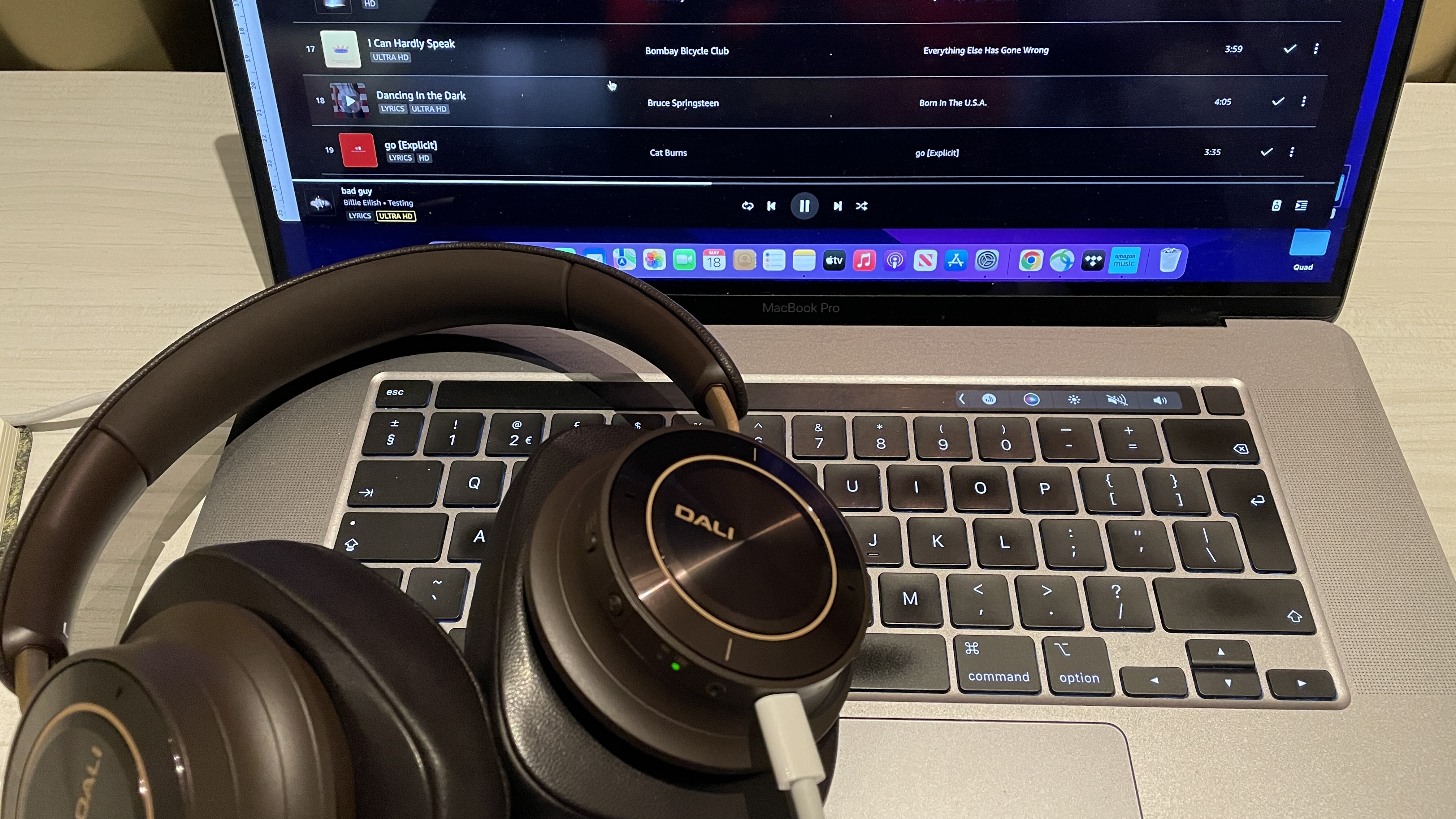
We kick off our brief time with the IO-12 playing Billie Eilish’s Bad Guy over both Bluetooth and USB-C and we’re greeted with a clear, spacious sound. Detail levels appear to be on point across the frequency range. No element seems to stick out from the crowd.
Switching between bass and hi-fi modes does seem to make a difference, with a hint of extra bass weight to low frequencies, while hi-fi reverts to a more even balance.
Switching over to The XX’s On Hold and it certainly feels like there’s a real maturity to the sound as shown by the smooth, soothing tone of Oliver Sim’s lead vocal. Play John Williams’ Main Theme from Jurassic Park and the string section flows gracefully, reinforced by a layer of percussion. This level of refinement is something that entry-level wireless headphones can’t come close to.
Noise-cancelling seemed fine in the brief time we were using them on the Dali stand at the High End Munich show. We were told they use ANC tech that’s also found in Sony’s latest headphones, so we’ve got high hopes when we get a pair in for testing.
Verdict
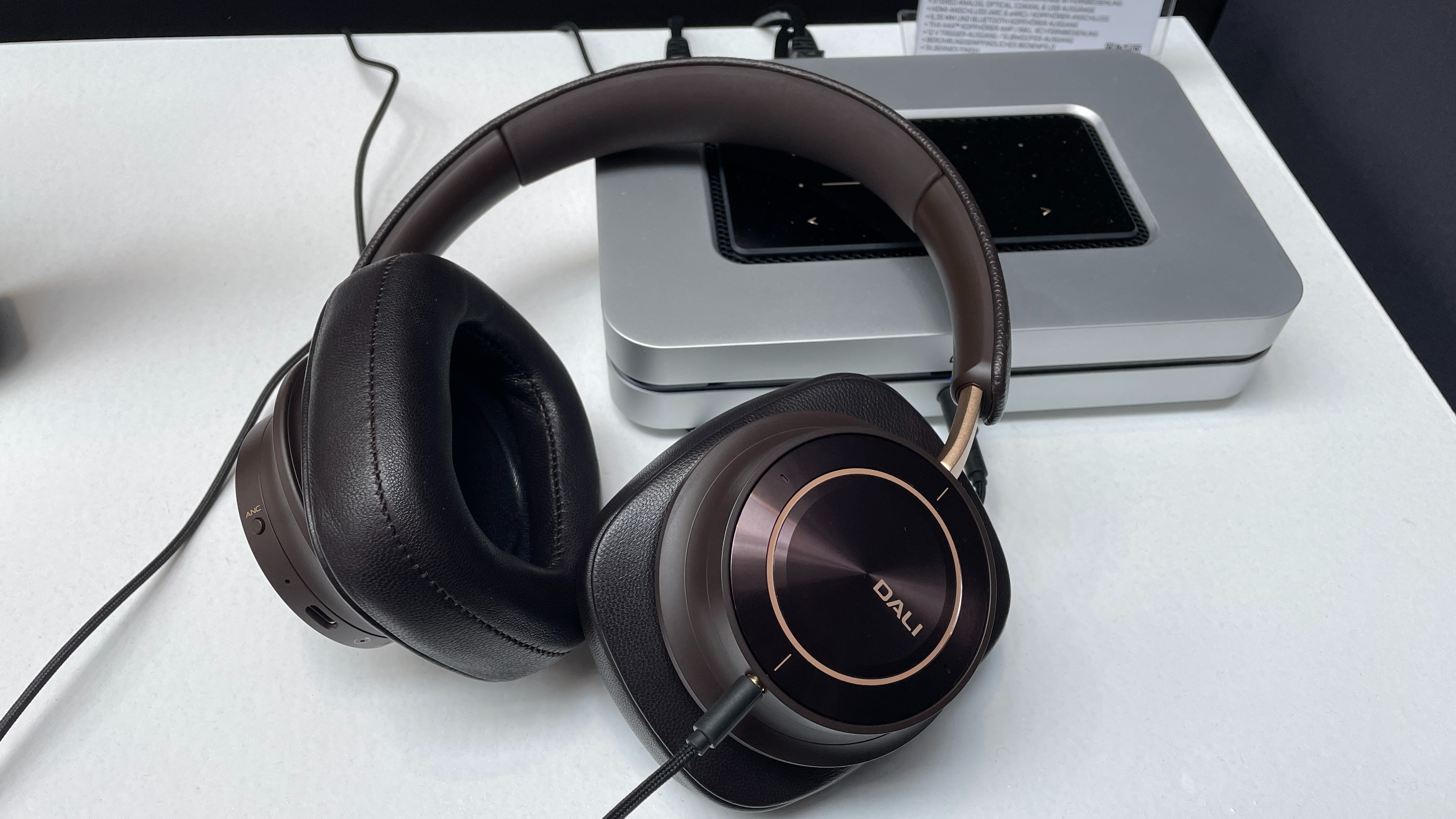
Obviously, we’d need to listen to them for a longer period to give a definitive verdict, but it’s good to see Dali move into what is a relatively new headphones space. We’ve tested their previous versions and have high hopes for the IO-12. Watch this space for the official review.
MORE:
High End Munich 2023 news and highlights
Thorens reveals TD 124 DD turntable for 140th anniversary; reinvents ‘SoundWall’ dipole speakers







